Dandelion Flower Varieties: Interesting Types Of Dandelion Plants To Grow
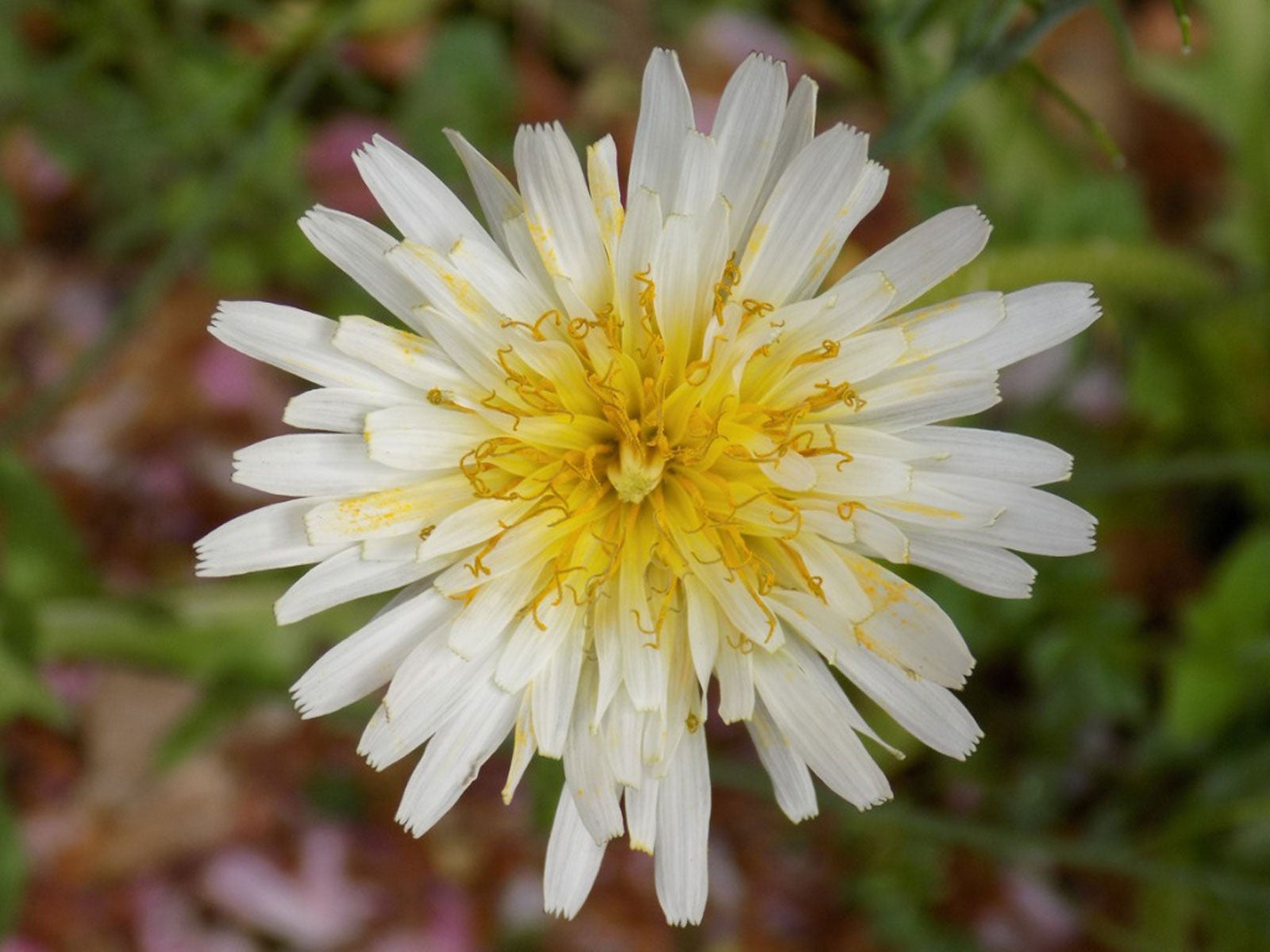

As most gardeners know, dandelions are hardy plants that grow from long, durable taproots. The hollow, leafless stalks, which ooze a milky substance if broken, extend from a rosette at ground level. Here are just a few examples of the many different varieties of dandelions.
Dandelion Flower Varieties
The name “dandelion” comes from a French word, “dent-de-lion,” or lion’s tooth, which refers to the deeply serrated leaves. If you take a close look, you’ll notice that dandelion flowers actually consist of masses of tiny flowers, or florets. The blooms are an important source of nectar for bees, butterflies, and other pollinators.
More than 250 species of dandelions have been identified, and unless you’re a botanist, you may find it difficult to tell the difference between types of dandelion plants.
Common Types of Dandelion Plants
Here are some of the more common varieties of dandelion plants:
- Common dandelion (Taraxacum officinale) is the familiar, bright yellow dandelion that pops up along roadsides, in meadows, along riverbanks, and of course, in lawns. Although it’s considered to be an invasive weed, these dandelions have value as a medicinal and culinary herb.
- Red-seeded dandelion (Taraxacum erythrospermum) is similar to and often mistaken for the common dandelion, but red-seeded dandelion has reddish stems. It is native to Europe but is also found in the more northern regions of North America. Red-seeded dandelion is thought to be a variety of Taraxacum laevigatum (rock dandelion).
- Russian dandelion (Taraxacum kok-saghyz) is native to the mountainous regions of Uzbekistan and Kazakhstan. Also known as Kazakh dandelion or rubber root, Russian dandelion resembles the familiar dandelion, but the leaves are thicker and have a grayish tint. The fleshy roots have a high rubber content and have potential as an alternate source of high-quality rubber.
- Japanese white dandelion (Taraxacum albidum) is native to southern Japan, where it grows along roadsides and meadows. Although the plant resembles the common dandelion, it isn’t as weedy or aggressive. The lovely snow white blooms attract butterflies and other pollinators.
- California dandelion (Taraxacum californicum) is a wildflower native to the meadows of California’s San Bernadino Mountains. Although the plant resembles the common dandelion, the foliage is a lighter shade of green and the flowers a paler yellow. California dandelion is endangered, threatened by urbanization, weather changes, off-road vehicles, and vandalism.
- Pink dandelion (Taraxacum pseudoroseum) is similar to the common dandelion, but the blooms are pastel pink with a yellow center, making it one of the most unusual and different dandelion flowers. Native to the high meadows of central Asia, pink dandelion can be weedy but does well in pots where its exuberance is contained.
Gardening tips, videos, info and more delivered right to your inbox!
Sign up for the Gardening Know How newsletter today and receive a free copy of our e-book "How to Grow Delicious Tomatoes".

A Credentialed Garden Writer, Mary H. Dyer was with Gardening Know How in the very beginning, publishing articles as early as 2007.
-
 How To Make A Bouquet Garni Or Herb Bundle For Cooking
How To Make A Bouquet Garni Or Herb Bundle For CookingIf you’re a great cook, you may have made an herb bundle before. If this is a new idea, learn how to add sparkle and interest to your dish with a bouquet garni.
By Amy Grant
-
 ‘Coral Charm’ Peony Care For Sublime Semi-Double Peonies With Lush Salmon Pink Flowers
‘Coral Charm’ Peony Care For Sublime Semi-Double Peonies With Lush Salmon Pink FlowersPeonies are known for their soft baby pink or magenta tones, but if plushy coral blooms are your thing, here’s our guide to the ultimate ‘Coral Charm’ peony care
By Tonya Barnett
-
 Healthy Dandelion Tea – Is Dandelion Tea Good For You
Healthy Dandelion Tea – Is Dandelion Tea Good For YouIs dandelion tea good for you? Click here to find out and explore dandelion tea benefits.
By Bonnie L. Grant
-
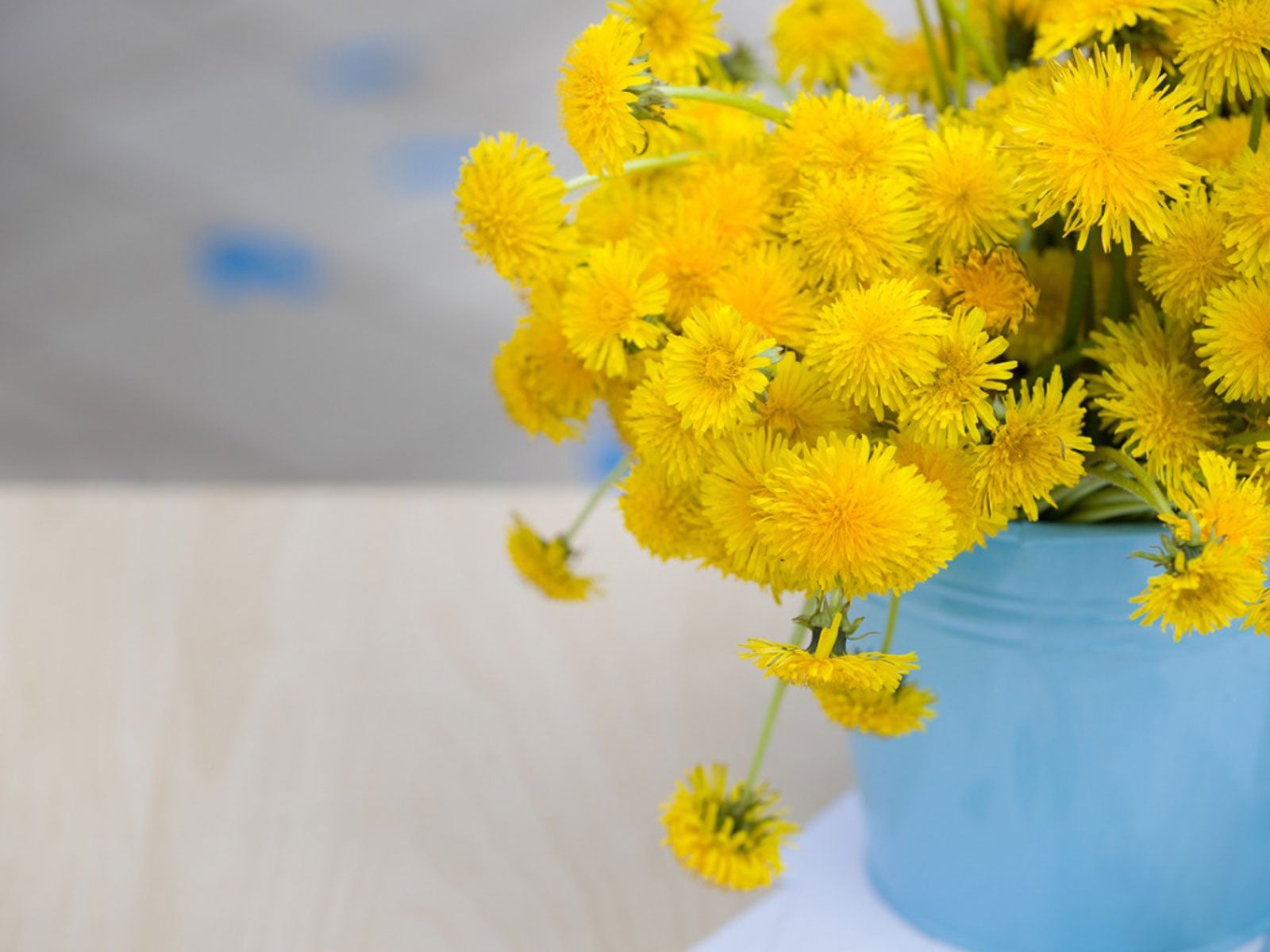 Indoor Dandelion Growing – Can You Grow Dandelions Indoors
Indoor Dandelion Growing – Can You Grow Dandelions IndoorsGrowing dandelion plants indoors may seem odd, but it is easy, and they can be grown at any time of year. Click to learn how.
By Mary H. Dyer
-
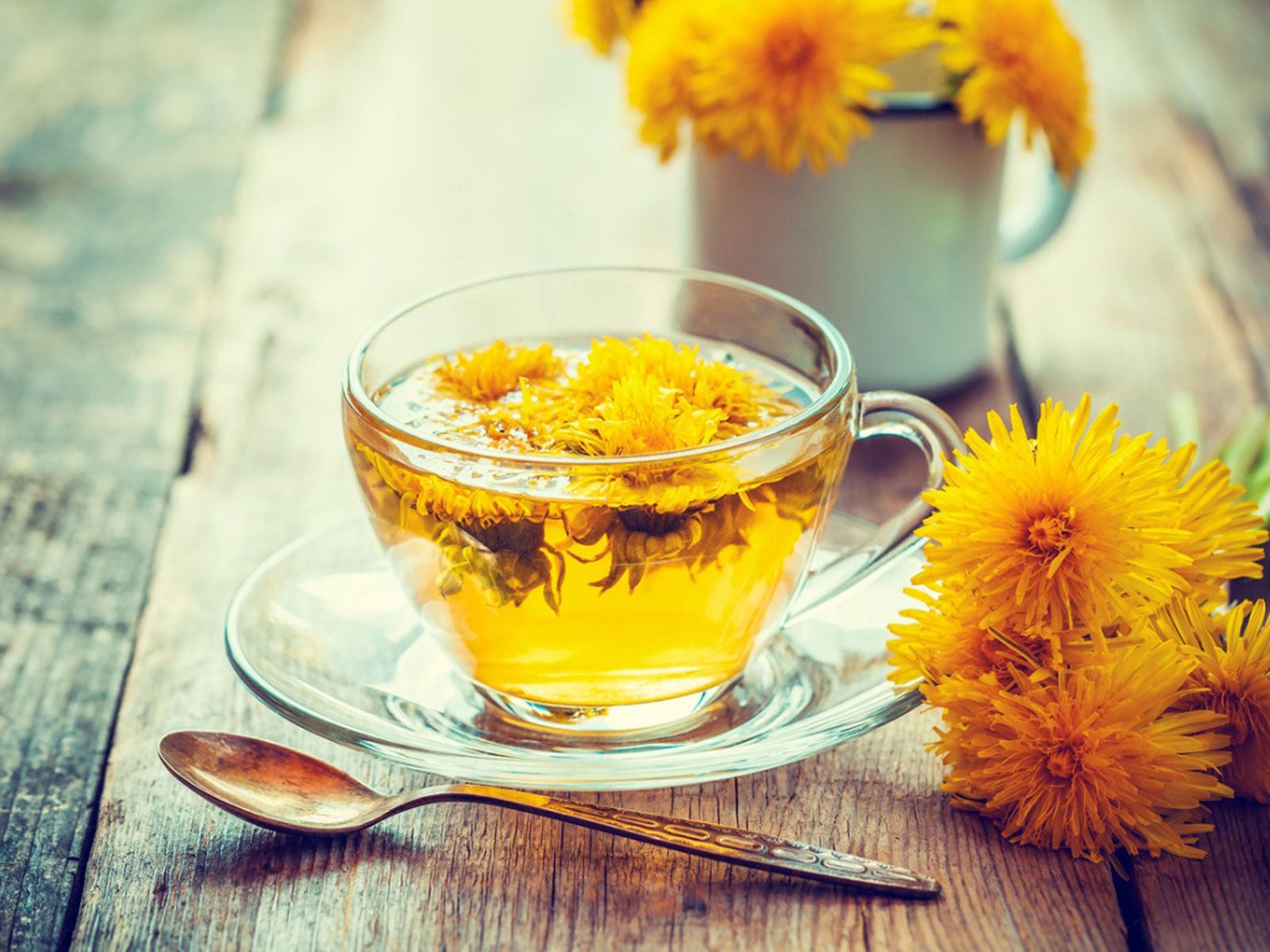 Dandelion Herbal Tea Benefits: Growing Dandelions For Tea
Dandelion Herbal Tea Benefits: Growing Dandelions For TeaInstead of waging a frustrating and nearly pointless battle against dandelions, click here to learn how to make homemade dandelion tea. It’s good for you.
By Bonnie L. Grant
-
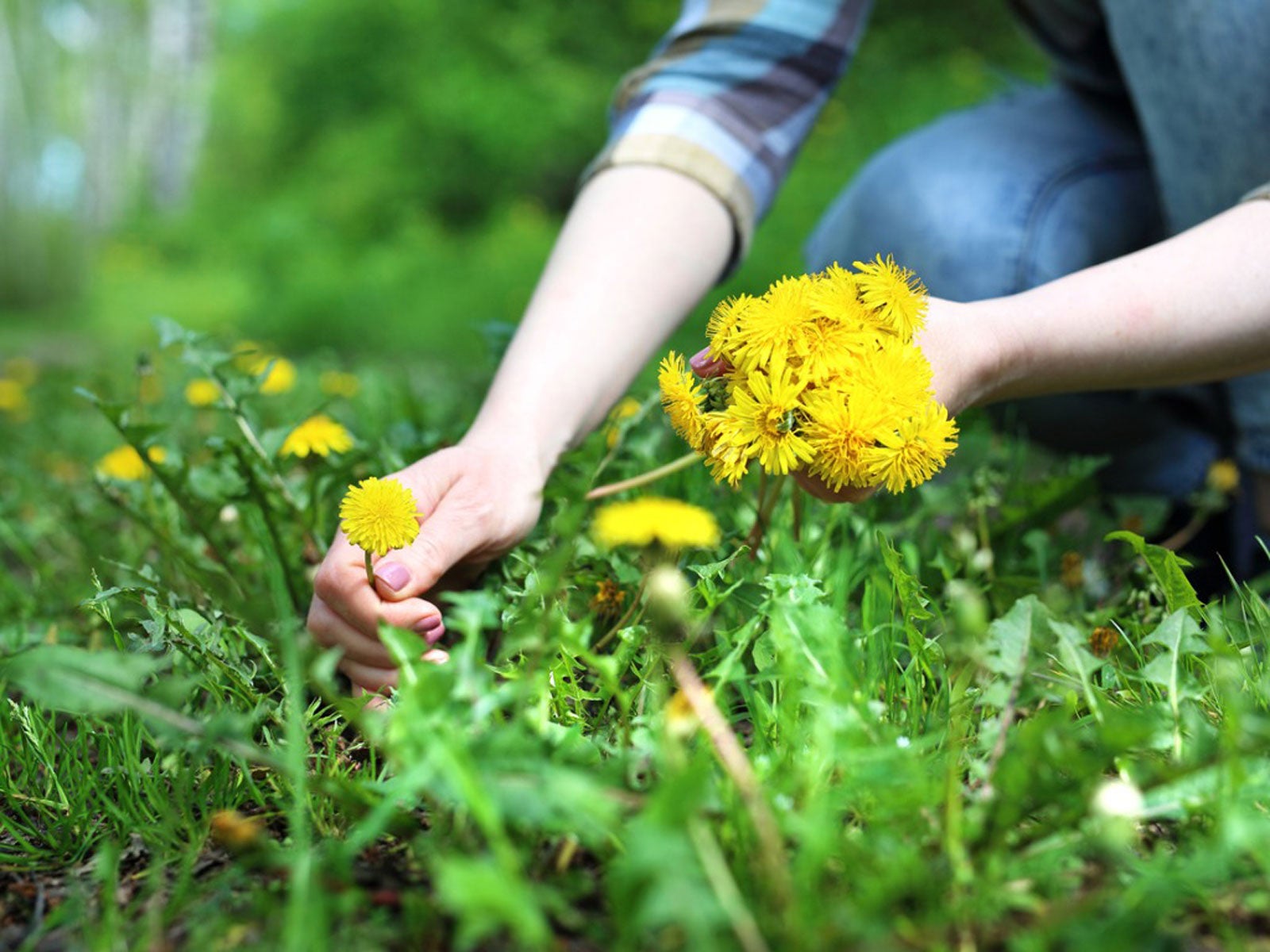 Picking Dandelions: How And When To Harvest Dandelions
Picking Dandelions: How And When To Harvest DandelionsPicking dandelions allows access to a cheap, healthy food source. All parts are edible but harvested at different times. Learn when to harvest dandelions in this article.
By Bonnie L. Grant
-
 Uses For Dandelions: What To Do With Dandelions
Uses For Dandelions: What To Do With DandelionsDandelions are considered weeds by many people, but they're actually useful. Consider all the uses for dandelions before dismissing them.
By Mary Ellen Ellis
-
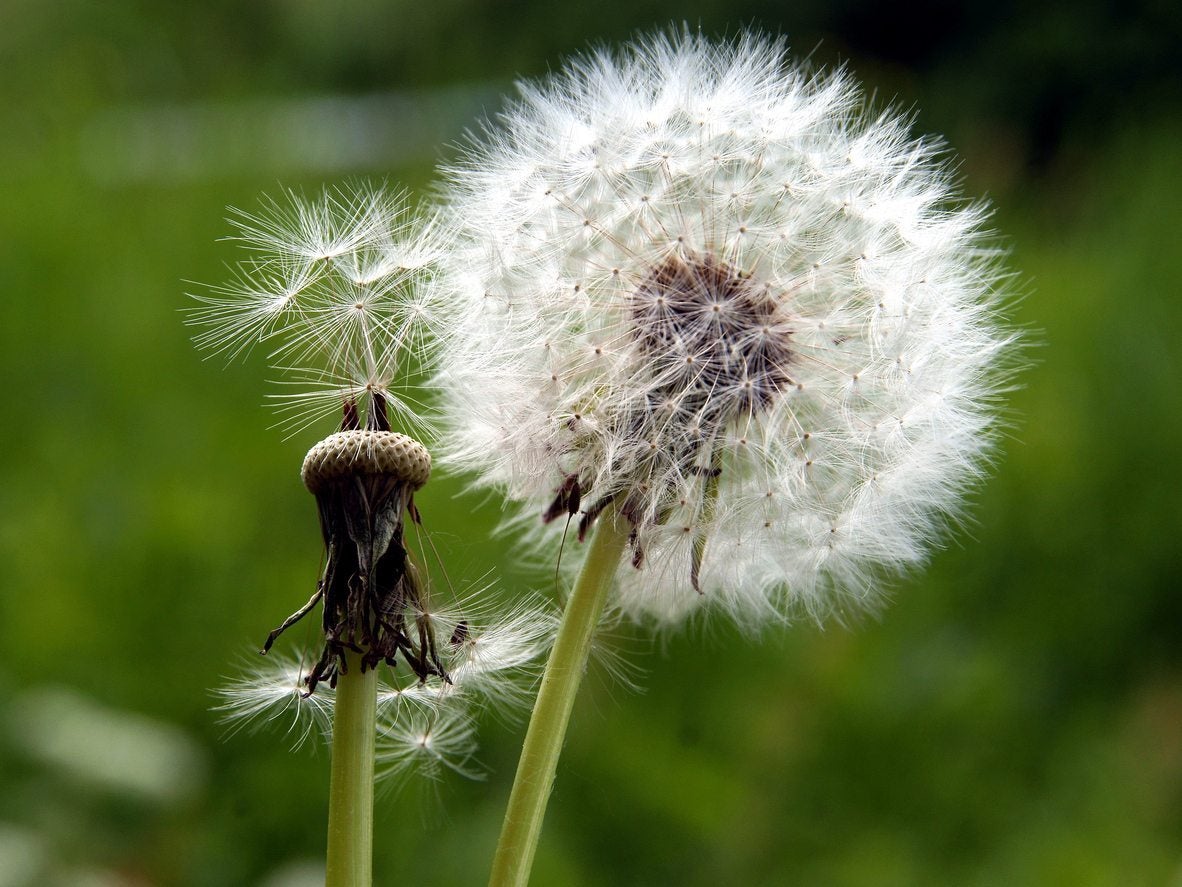 Dandelion Seed Growing: How To Grow Dandelion Seeds
Dandelion Seed Growing: How To Grow Dandelion SeedsDid you know that the leaves, flowers, and roots of dandelion are edible or that the dandelion has purported medicinal properties? Bees and other pollinators also rely on them. So, what are you waiting for? Find out how to grow dandelion seeds here.
By Shelley Pierce
-
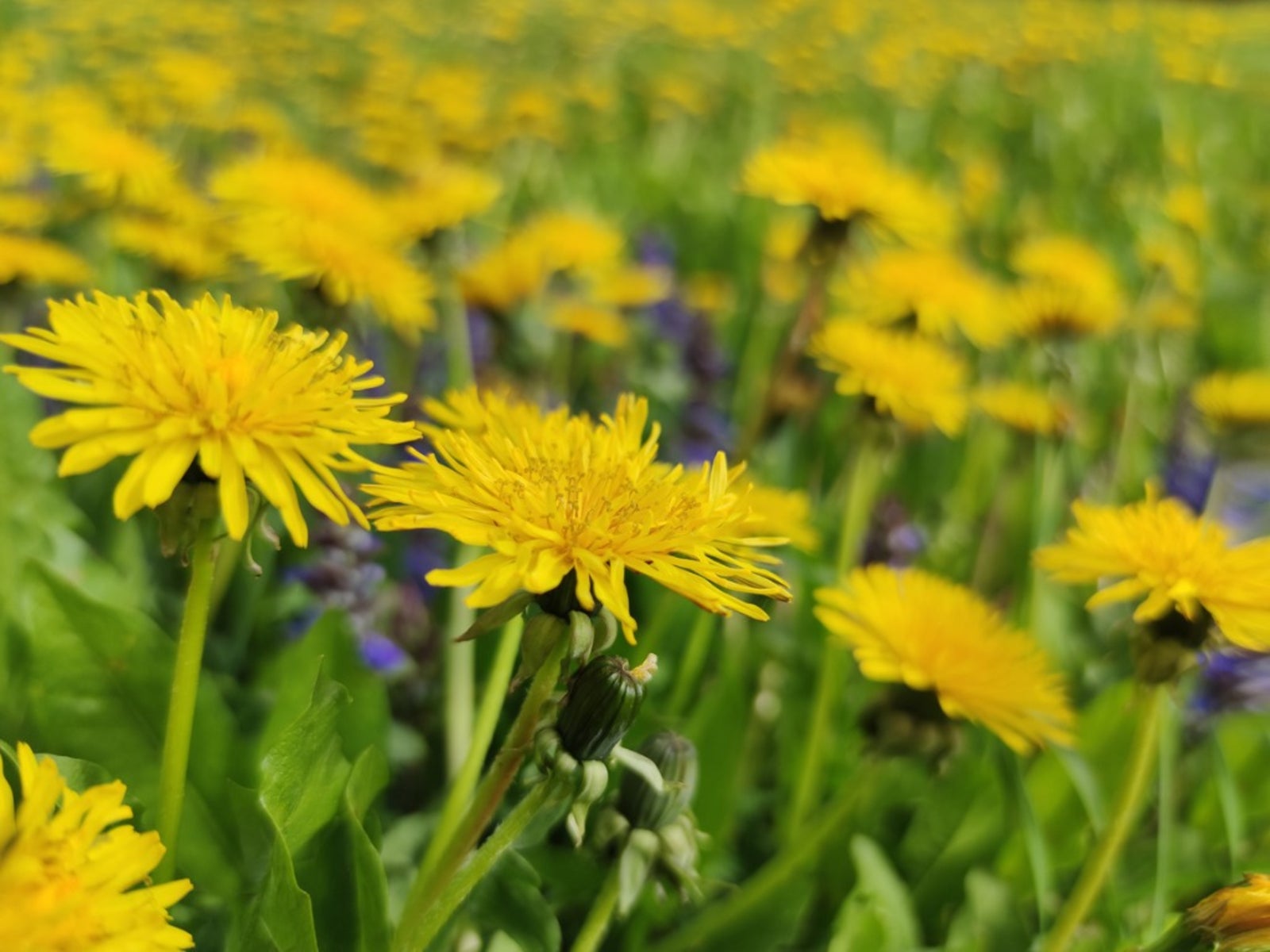 Dandelion Growing Info: How To Grow And Harvest Dandelions
Dandelion Growing Info: How To Grow And Harvest DandelionsIt may be a little odd to have an article about how to grow dandelions. After all, most gardeners consider them weeds. Once you know more about them, you might change your mind. Click here for more info.
By Heather Rhoades
-
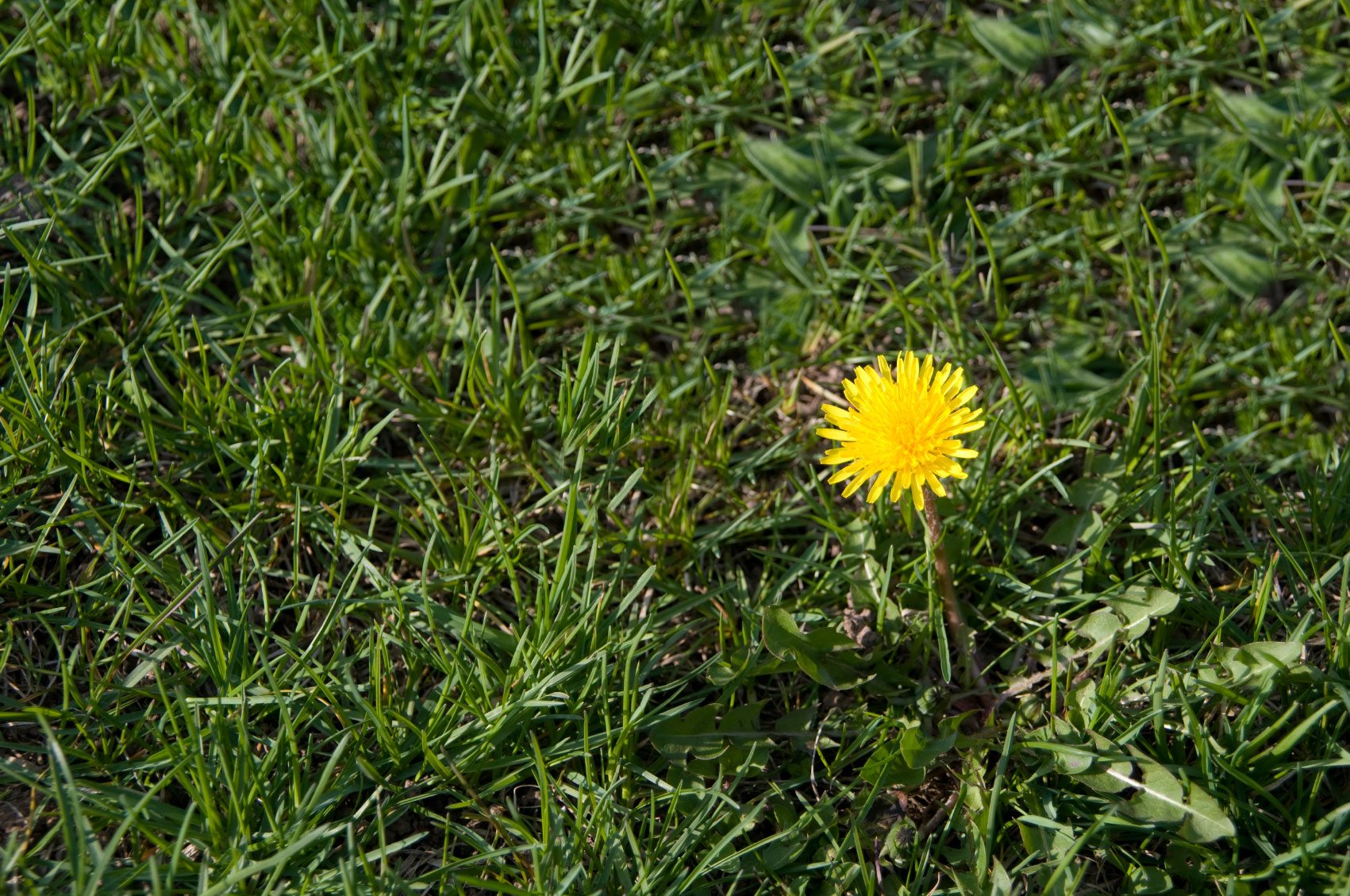 Dandelion Removal: How To Kill Dandelions
Dandelion Removal: How To Kill DandelionsDandelions will push out grass and other plants, as well as sapping water and nutrients away from surrounding plants. For this reason, controlling the weed is important. Learn more in this article.
By Heather Rhoades